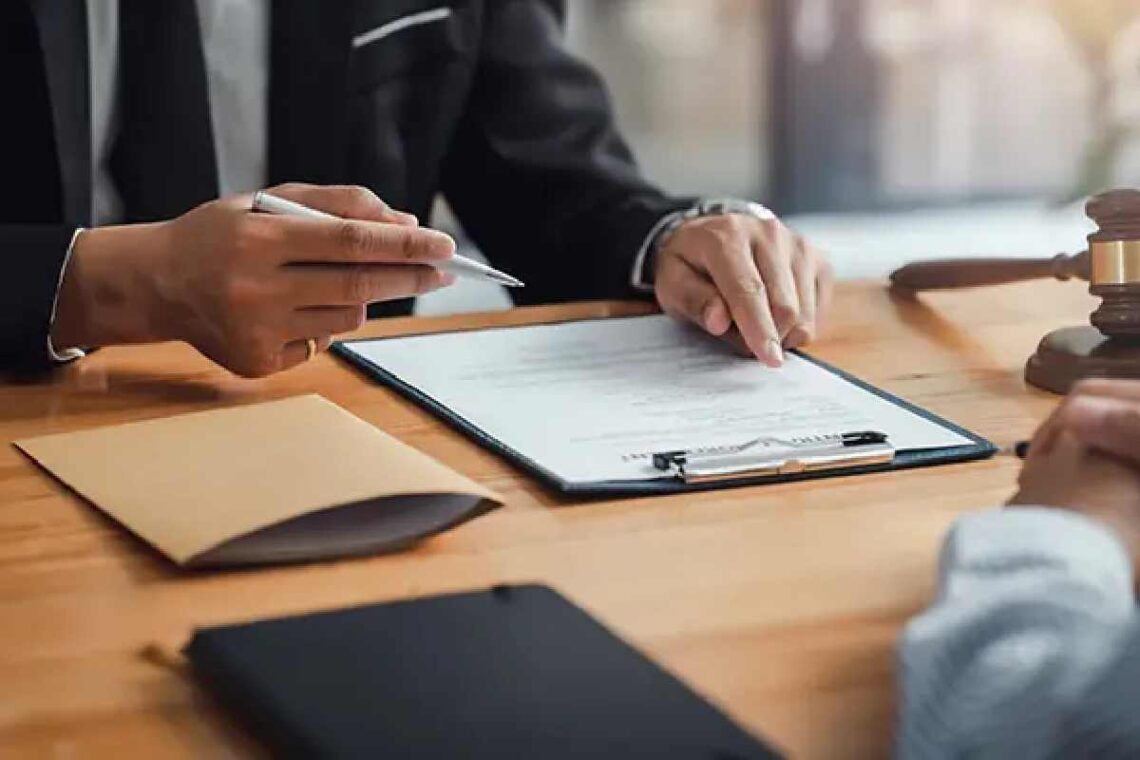Walking into a deposition can feel like stepping onto a stage without a script.
That’s why many attorneys turn to deposition summaries examples to make sense of hours of testimony.
These summaries save time, cut stress, and let legal teams focus on what really matters — strategy.
I remember the first time I worked on a complex commercial dispute.
The deposition transcript was almost 500 pages long.
Trying to find one key statement felt like hunting for a needle in a haystack.
That’s when I discovered the power of a well-prepared summary.
What Exactly Are Deposition Summaries?
Think of a deposition summary as a highlight reel for a long legal interview.
Instead of slogging through every word, you get a concise breakdown of essential points.
It condenses testimony, outlines key issues, and provides a quick reference during trial prep or settlement discussions.
These summaries often take different forms — page-line summaries, topic-by-topic outlines, or narrative-style briefs.
Whichever style you choose, they all share one goal: turning complex transcripts into practical, actionable insights.
Why Legal Teams Swear by Deposition Summaries
When deadlines loom and clients demand quick updates, flipping through giant transcripts isn’t realistic.
Summaries help legal teams pinpoint critical admissions or inconsistencies without losing precious hours.
They also allow paralegals and junior associates to brief senior attorneys effectively before mediation or court.
I’ve seen attorneys walk into a deposition review session visibly tense.
But once they receive a solid summary, you can almost watch the tension slide off their shoulders.
They suddenly have a roadmap, not just a pile of paper.
Here’s a deposition summaries examples guide that dives deeper into best practices and common mistakes to avoid.
It’s a must-read if you’re serious about making your next case prep smoother.
Real-Life Experience: Turning Chaos into Clarity
A colleague once told me about a personal injury case involving multiple expert witnesses.
The transcript for each expert exceeded 300 pages, with dense medical jargon sprinkled throughout.
By summarizing each deposition into a few pages, they not only clarified the testimony but also found contradictions that ultimately shifted the settlement in their client’s favor.
That’s the kind of behind-the-scenes work clients rarely see — but it can make or break a case.
It’s also a reminder of how these summaries can transform a chaotic pile of words into a strategic weapon.
Key Elements of Effective Deposition Summaries
Crafting an effective summary is both an art and a science.
It’s not about copying and pasting; it’s about understanding nuance and identifying legal significance.
Here’s what great deposition summaries usually include:
- A clear breakdown of key testimony points
- Identification of inconsistencies or potential impeachments
- Relevant page and line references
- A focus on case strategy, not just facts
When I first started summarizing depositions, I made the classic rookie mistake: trying to capture every single detail.
Soon, I learned that quality trumps quantity.
A sharp, focused summary is far more valuable than an overly detailed document.
Different Types of Summaries and When to Use Them
Page-Line Summaries
Perfect when you need a quick reference to specific statements.
They’re often used during trial to cross-examine witnesses effectively.
Narrative Summaries
Ideal for giving an overall story of the deposition in plain English.
They’re helpful when briefing clients or creating opening statements.
Topical Summaries
Best for cases with multiple issues or complex fact patterns.
These summaries categorize testimony by theme, making it easy to compare witnesses on the same topic.
Every legal team develops its preference depending on case needs and attorney style.
How Summaries Improve Client Communication
Clients want updates in plain language, not legal jargon.
By using deposition summaries, you can translate long, technical testimony into digestible insights.
It keeps clients informed and involved without overwhelming them.
I once worked with a corporate client who had zero patience for legal speak.
By handing them a clear, two-page summary, I gained their trust and made them feel part of the process.
They even joked that it was the first legal document they understood without needing a dictionary!
The Bottom Line
At the end of the day, deposition summaries aren’t just paperwork — they’re strategic tools.
They help legal teams stay organized, catch crucial details, and communicate clearly with clients.
Whether you’re preparing for trial or negotiating a settlement, a solid summary can tip the balance in your favor.
When you look at well-prepared deposition summaries examples, it’s easy to see why they’ve become an essential part of modern legal practice.
So, the next time you’re drowning in transcripts, remember: a great summary might just be your secret weapon.

